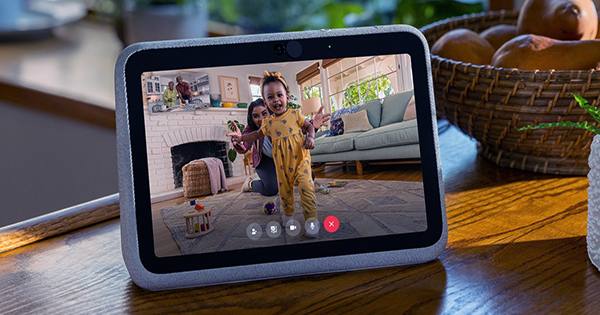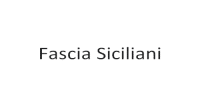The Federal Communications Commission (FCC) has issued the first checks from its Emergency Connectivity Fund, which aims to help schools overcome the “homework gap” by covering the cost of computers and internet access. This first $1.2 billion allocation will be distributed among thousands of school districts in every state plus D.C., Guam, and Puerto Rico, with much more to come.
The issue they’re trying to address is the enormous number of students who, in an age where studying, homework, and even classes are all done online, don’t have access to a device or a strong enough internet connection to participate.
This exacerbates an already existing inequity, as these children frequently lack access to other resources and, as a result, fall behind due to no fault of their own.
The ECF was created to address this issue, and it was financed early this year as part of the larger pandemic recovery bill. The scheme is worth $7 billion in total, but the funds will be distributed over time if schools and libraries submit formal petitions stating that they require this many tablets, wireless hotspots, or broadband connections. As long as the request is reasonable and the documentation is in line, the FCC appears to be footing the cash.
“From small rural libraries like the Sesser Public Library in Sesser, Illinois, to large school districts like Baltimore City Public Schools, this first wave of funding will provide more than 3 million connected devices for remote learning, making a significant dent in closing one of the cruelest parts of the digital divide,” said acting FCC Chair Jessica Rosenworcel in a statement. It is not dispersed evenly, but rather according on the number of applications received. New York is the most generous state, receiving $243 million ($192 million of which goes to New York City), followed by Texas ($97 million) and California ($71 million).
Several states received significantly less (Wyoming and South Dakota each received less than $100,000), but it’s possible that those districts simply chose to submit their papers for the second fund allocation.
To that purpose, a fresh application period begins on September 28 for equipment and services used from July to June of this year – though the FCC highlighted that it is still processing applications from the first batch, so don’t fret if you haven’t heard back yet. And if they haven’t applied yet, they should do so right away!
















